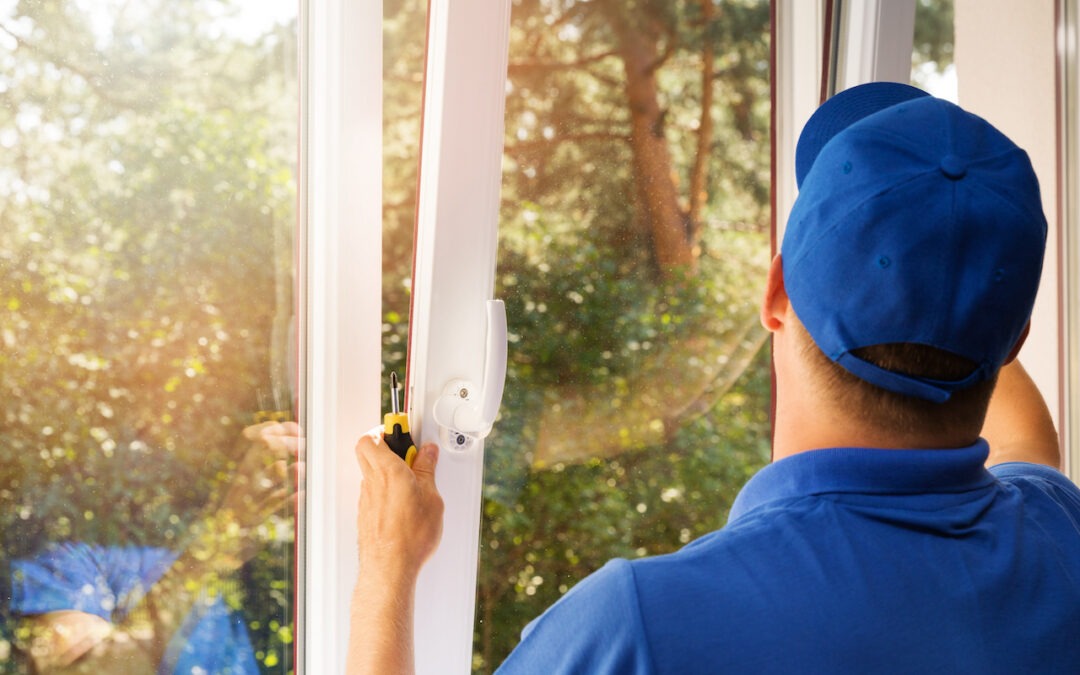Windows are an essential part of any home, providing natural light and ventilation while keeping the elements out. However, over time, windows can deteriorate, and their performance can suffer, leading to higher energy bills and a less comfortable living environment. In this blog, we will discuss how to spot signs of poor window performance in your home and what you can do to address them.
Drafts
One of the most obvious signs of poor window performance is drafts. If you feel cold air coming in around your windows, it’s a sign that your windows are not properly sealed, and air is leaking in. This can lead to higher energy bills as your heating system has to work harder to keep your home warm. To address this issue, you can add weather stripping around your windows or replace your windows with more energy-efficient models.
Condensation
Condensation on the inside of your windows can be a sign of poor window performance. It occurs when warm, moist air inside your home meets a cold surface, such as a window, and the moisture in the air condenses on the surface.
Over time, this can lead to mold and mildew growth, which can be harmful to your health. To address this issue, you can improve ventilation in your home, such as by using exhaust fans in bathrooms and kitchens, and consider installing windows with low-E coatings, which reduce the amount of heat transferred through the glass.
Difficulty opening and closing
If your windows are difficult to open or close, it’s a sign that their performance is compromised. This could be due to a variety of issues, such as the window frame warping or the sash not fitting properly. This can be particularly problematic in an emergency where you need to escape through a window. To address this issue, you may need to replace the window or have it repaired by a professional.
Higher energy bills
If you notice that your energy bills have been increasing, it could be a sign that your windows are not performing as well as they should. This is because air may be leaking in and out of your home through your windows, forcing your heating and cooling system to work harder to maintain a comfortable temperature. To address this issue, you can consider replacing your windows with more energy-efficient models, which can reduce your energy bills and improve your home’s comfort.
Noise pollution
If you live in a noisy neighborhood or near a busy road, you may be experiencing noise pollution in your home. Poorly performing windows can allow noise to enter your home, making it difficult to relax or sleep. To address this issue, you can replace your windows with double-paned or laminated glass, which can reduce noise transmission.
Now that you know how to spot signs of poor window performance in your home, let’s talk about how to fix these issues.
- Add weather stripping: If you feel drafts around your windows, adding weather stripping can help seal the gaps and prevent air from leaking in. Weather stripping comes in different materials, such as foam, vinyl, and rubber, and can be easily applied to the window frame.
- Install new windows: If your windows are old or damaged, it may be time to replace them with more energy-efficient models. Look for windows with the ENERGY STAR label, which indicates that they meet strict energy efficiency guidelines set by the U.S. Environmental Protection Agency.
- Repair or replace window frames: If your window frames are warped or damaged, they may need to be repaired or replaced. This can help improve the overall performance of your windows and prevent air from leaking in.
- Install window films: Window film can be applied to existing windows to reduce the amount of heat transferred through the glass. Look for films with a low-E coating, which can help block UV rays and reduce energy costs.
- Use window treatments: Window treatments, such as curtains or blinds, can help insulate your windows and prevent drafts. Look for treatments made from thick, heavy fabrics or materials like cellular shades, which can trap air and provide an extra layer of insulation.
- Add storm windows: Storm windows can be installed over your existing windows to provide an extra layer of insulation and protect against the elements. They come in different materials, such as wood, vinyl, or aluminum, and can be installed on the interior or exterior of your home.
In conclusion, there are many ways to fix poor window performance in your home, from adding weather stripping to installing new windows. At Complete Window Care in Colorado Springs, we can help you identify the best solutions for your specific needs and budget. Contact us today to schedule a consultation and learn more about our window repair and replacement services.

